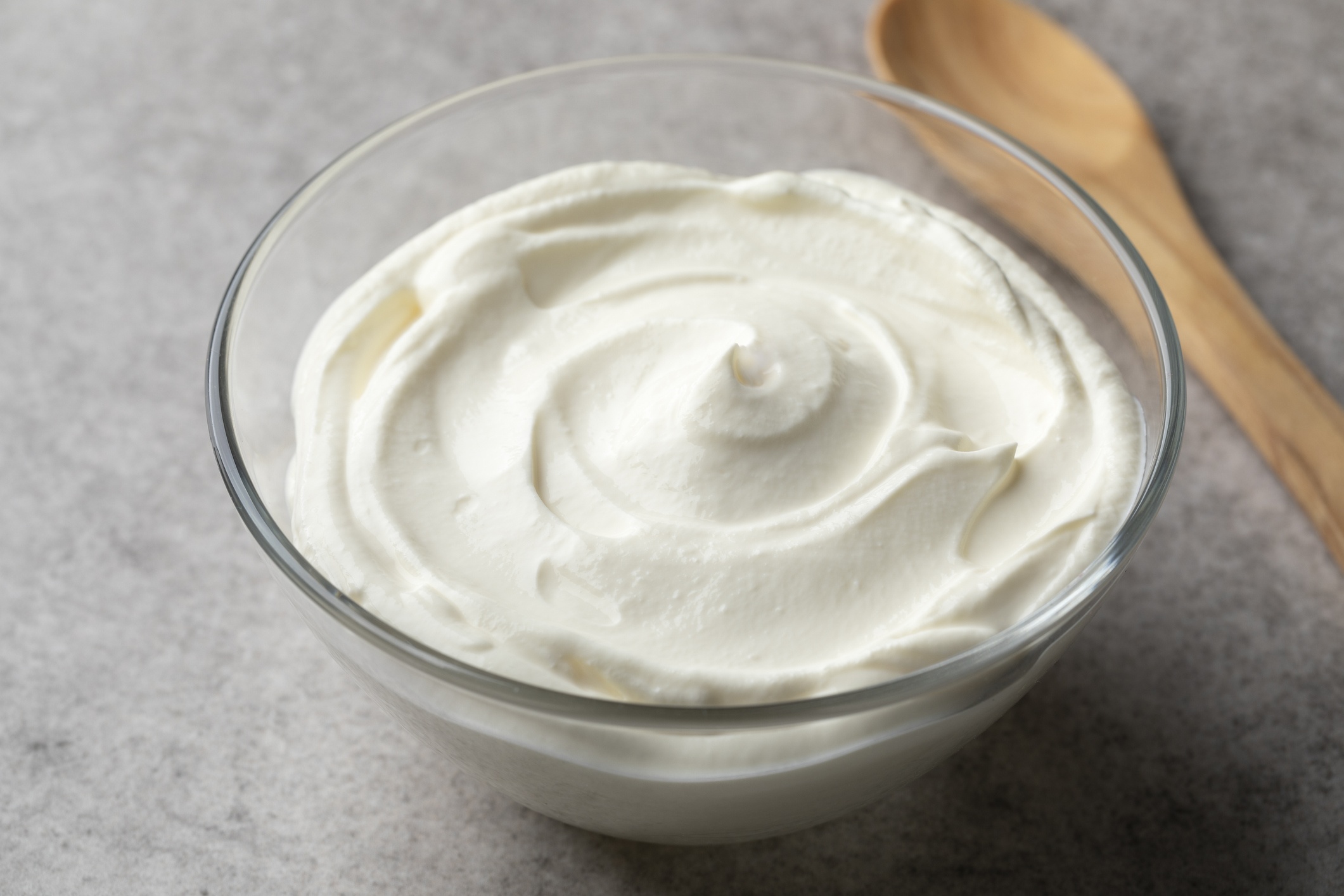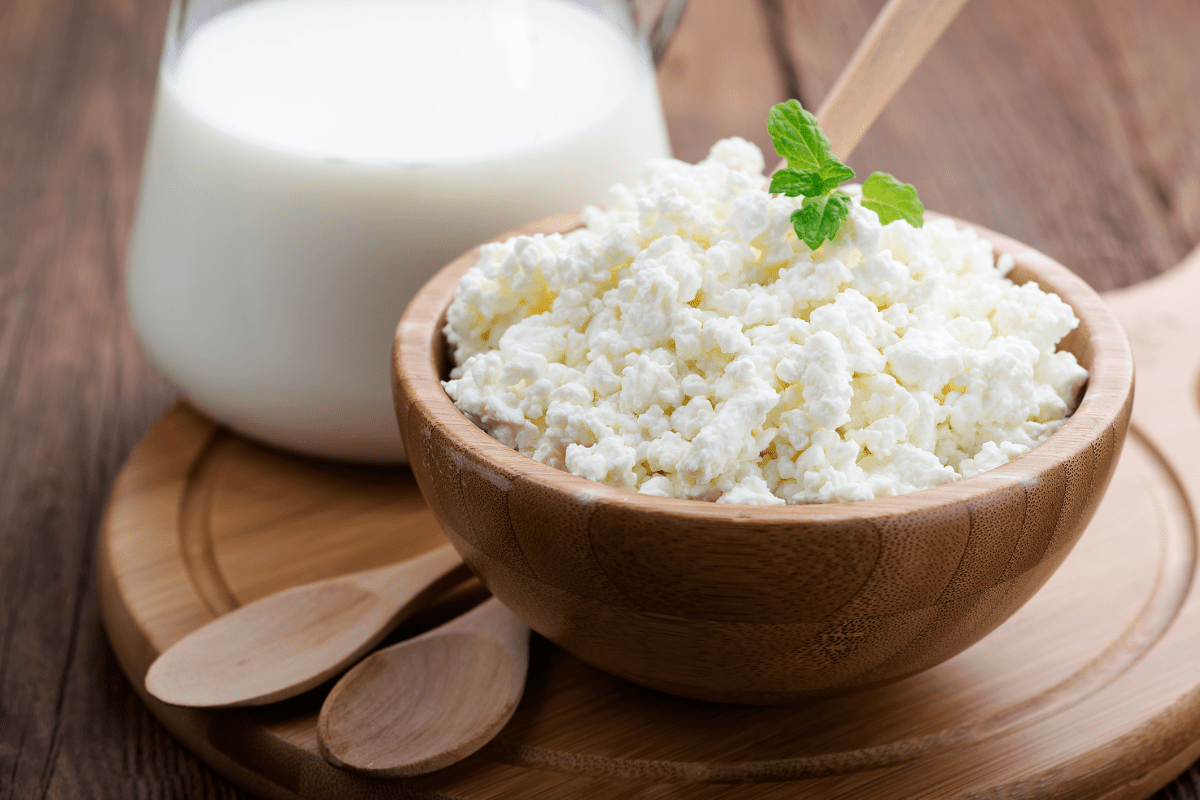As a parent, you work hard to ensure your child is keeping up with growth and milestones, while also laying the foundation for lifelong health. Dairy provides many essential nutrients needed for children’s growth and chocolate milk can be a great way from them to get the 13 essential nutrients in a way that tastes great and is affordable. Let’s explore some of the top reasons why chocolate milk is an excellent beverage option for children and why you can feel good about serving it to children.
1) Chocolate milk is a nutrient-packed beverage that’s good for you and your kids
Chocolate milk is a type of flavored milk, which means that cocoa powder and sugar are added to plain white milk to add extra flavor and sweetness. These extra ingredients do not take away the powerful nutrient profile that milk offers. With a glass of chocolate milk providing the same 13 essential nutrients as a glass of white milk, it’s a no brainer. When it comes to fueling growth and development, not many other beverages can compete with milk’s inherent nutrient content.
Calcium and vitamin D are the most familiar nutrients when it comes to milk, and it’s for great reason, these two powerhouse nutrients are essential for child’s health and growth. Dairy not only contributes calcium and vitamin D but also protein and phosphorus, contribute to proper bone growth and development in children. Foods that are rich in calcium and vitamin D play an integral role in helping children achieve their peak bone mass while preventing bone diseases later in life.1
In addition to calcium and vitamin D, milk provides a host of immune-boosting vitamins and minerals. Nutrients such as high-quality protein, vitamin A, zinc, and selenium support a strong immune system that helps children fight off diseases, illnesses and stay healthy through one easy drink.
The current Dietary Guidelines for Americans (DGA) recognize calcium, potassium, vitamin D, and fiber as nutrients of public health concern for underconsumption, which means that these nutrients are often lacking in the diets of Americans and without having them in adequate amounts, it can lead to problem with growth and development.2 Fortunately for 2 to 18 year old’s, milk is the leading source of three of the four nutrients of public health concern (calcium, potassium, and vitamin D).3 Chocolate milk provides a simple and tasty way to fill nutrient gaps that exist for many children. To learn more about the nutrients found in milk, click here.
2) Chocolate milk’s delicious flavor can encourage milk consumption
Chocolate milk can be a sneaky way to help improve your child’s health. The current Dietary Guidelines for Americans recommend three servings of low-fat or fat-free dairy foods for individuals 9 years and older, 2 ½ servings for children 4-8 years, and 2 for children 2-3 years. Unfortunately, dairy consumption often falls below the recommended amounts as children enter school, with dairy consumption continuing to fall through adolescence.4 This means that without getting in the appropriate amount of dairy that children are more likely to become deficient in some of these essential nutrients.
Milk provides valuable nutrition to help nourish children’s growing bodies, however, if they aren’t drinking it then they can be missing out on the nutritional benefits. For picky eaters or children who don’t like the taste of white milk, the added chocolate flavor can make milk more appealing to drink and help them meet their dairy and nutrient recommendations.
3) The benefits of drinking chocolate milk for a healthy and balanced diet
One of the most common push backs against chocolate milk is its sugar content and the additional calories that this sugar provides. But the sugar in chocolate milk can fit in a balanced diet. With growing concerns of childhood obesity in the United States, wariness about added sugar content is well-warranted. It’s important to remember that some of the sugar content in chocolate milk comes from lactose, the sugar that is naturally present in milk. Additional sugar and flavoring are added to this to give the milk a delicious chocolate taste. In fact, the current Dietary Guidelines for Americans and the American Academy of Pediatrics recognize that a small amount of added sugars, which fall within the daily calorie limit, can be used to increase the palatability and appeal of nutrient-rich foods, such as low-fat flavored milk.6
While some parents may still have concerns about the sugar content on the nutrition label, the research shows that there is no association between drinking flavored milk and an increased Body Mass Index.6 Looking at children’s overall diets, the added sugar in chocolate milk does not contribute to the majority of children’s added sugar consumption. Flavored milk contributes only 4% of added sugars to the overall diets of children ages 2 to 18.7 In comparison, sugar-sweetened beverages contribute 25% of added sugars in the diets of children and 50% of added sugars in the diets of adolescents.8,9 The small amount of added sugar in chocolate milk does not counteract the nutritional benefits and important nutrient contributions that flavored milk can provide for children.
4) Chocolate milk is affordable, delicious, and nutritious
Chocolate milk is a convenient and affordable way to provide your child with valuable nutrition. Grocery stores and many convenience stores offer a wide variety of chocolate milk brands, often including lactose free and low-fat options to fit any lifestyle or restrictions. At about $0.26 per glass of milk, you can get the most nutritional bang for your buck by giving your children chocolate milk in place of milk alternatives, fruit juices, or other sugary beverages.10
Additionally, your kids can work towards meeting the 2-3 servings of dairy at school by drinking chocolate milk with their breakfast and/or lunch. Plus, the chocolate milk that is served in school is not the same as that you may find in the dairy section at the store. The flavored milk offered at school is reformulated so that it has even less added sugar and calories than grocery store chocolate milk. Meaning the added sugar content is even lower than what is standardly offered outside of school. With recent changes to the school lunch programs, schools now have more flexibility in the types of milk and can offer low-fat and fat-free flavored milk for lunch and breakfast, providing children with even greater access to chocolate milk. A recent research study found that school-age children who drank flavored milk also drank more milk in general and had a higher prevalence of meeting calcium needs.11 Offering chocolate milk in schools is a great way to encourage kids to drink milk and meet the recommended amounts of nutrients that they need to grow and develop while also giving them options.
5) Chocolate milk is an excellent refuel drink for active kids and young athletes
If you have a young athlete at home, stocking your refrigerator with chocolate milk is one of the best ways to help them refuel after a difficult practice or a big game. The benefits of chocolate milk for young athletes are two-fold – it provides them with the nutrients they need to build muscle and bone mass, through the protein content, plus the carbohydrates in chocolate milk provide a perfect recovery drink to help them reach peak athletic performance. The science supporting chocolate milk as a post-exercise recovery beverage shows strong correlation between the flavored milk and recovery. Chocolate milk provides carbohydrates to restore energy used during exercise, high quality protein to repair and rebuild muscle, and electrolytes and fluids to rehydrate and help maintain fluid balance.
Teaching young athletes now how to train and recover better now helps to establish a healthy routine going forward. Compared to many other refuel beverages and recovery shakes, chocolate milk is a simple, tasty, and inexpensive refuel option to provide your kids with when navigating a crazy schedule filled with school, practices, and games.
Bottom Line
Chocolate milk plays an important role in child nutrition, offering delicious nutrition that kids love to drink. Whether you are fueling a young athlete or a growing kindergartner, you can feel confident withoffering your children chocolate milk, knowing that it will provide them with the nutrients that they need to grow and develop for years to come.
Click here to read more about chocolate milk and child nutrition in Spanish.
References
- Golden, N., Abrams, S., Daniels, D., Corkins, M., Ferranti, S., Magge, S., & Schwarzenberg, S. (2014). Optimizing bone health in children and adolescents. Pediatrics, 134(4), 1229-1243. https://doi.org/10.1542/peds.2014-2173
- S. Department of Agriculture and U.S. Department of Health and Human Services. Dietary Guidelines for Americans, 2020-2025. 9th Edition. December 2020. Accessed at https://www.dietaryguidelines.gov/sites/default/files/2020-12/Dietary_Guidelines_for_Americans_2020-2025.pdf
- National Dairy Council. NHANES 2015-2018. Hyattsville, MD; 2020.
- Dietary Guidelines Advisory Committee. Scientific report of the 2020 Dietary Guidelines Advisory Committee: advisory report to the Secretary of Agriculture and the Secretary of Health and Human Services. July 2020. Accessed at https://www.dietaryguidelines.gov/sites/default/files/2020-07/ ScientificReport_of_the_2020DietaryGuidelinesAdvisoryCommittee_first-print.pdf
- Murray, R., Bhatia, J., Okamoto, J., Allison, M., Ancona, R., Attisha, E., De Pinto, C., Holmes, B., Kjolhede, C., Lerner, M., Minier, M., Weiss-Harrison, A., Young, T., Devore, C., Barnett, S., Grant, L., Johnson, V., Mattey, E., Vernon-Smiley, M., . . . Burrowes, D. (2015). Snacks, sweetened beverages, added sugars, and schools. Pediatrics, 135(3), 575-583. https://doi.org/ 10.1542/peds.2014-3902
- Cifelli, C.J., Houchins, J.A., Demmer, E., & Fulgoni, V., III (2016). The relationship between flavored milk consumption, diet quality, body weight, and BMI z-score among children and adolescents of different ethnicities. The FASEB Journal, 30: 1154.12-1154.12. https://faseb.onlinelibrary.wiley.com/doi/abs/10.1096/fasebj.30.1_supplement.1154.12
- National Dairy Council. NHANES 2015-2018. Data Source: Centers for Disease control and Prevention, National Center for Health Statistics, National Health and Nutrition Examination Survey Data. Hyattsville, MD: U.S. Department of Health and Human Services. http://www.cdc.gov/nchs/nhanes.htm
- O’Neil, C., Nicklas, T., & Fulgoni, V., III (2018). Food sources of energy and nutrients of public health concern and nutrients to limit with a focus on milk and other dairy foods in children 2 to 18 years of age: National Health and Nutrition Examination Survey, 2011-2014. Nutrients, 10(8), 1050. https://doi.org/10.3390/nu10081050
- Leme, A., Baranowski, T., Thompson, D., Philippi, S., O’Neil, C., Fulgoni, V., & Nicklas, T. (2019). Top food sources of percentage of energy, nutrients to limit and total gram amount consumed among US adolescents: National Health and Nutrition Examination Survey 2011–2014. Public Health Nutrition, 22(4), 661-671. doi:10.1017/S1368980018002884
- IRI Multi Outlet + Conv 2020, YTD ending 10-4-20. Based on U.S. average price of unflavored, branded and private label milk, 1 gal. Source- https://www.drink-milk.com/wp-content/uploads/2021/02/Nutrients-Study-Snapshot.pdf
- Nicklas, T., O’Neil, C., & Fulgoni, V. III (2017). Flavored milk consumers drank more milk and had a higher prevalence of meeting calcium recommendation than nonconsumers. Journal of School Health, 87(9), 650-657. https://doi.org/10.1111/josh.12537





